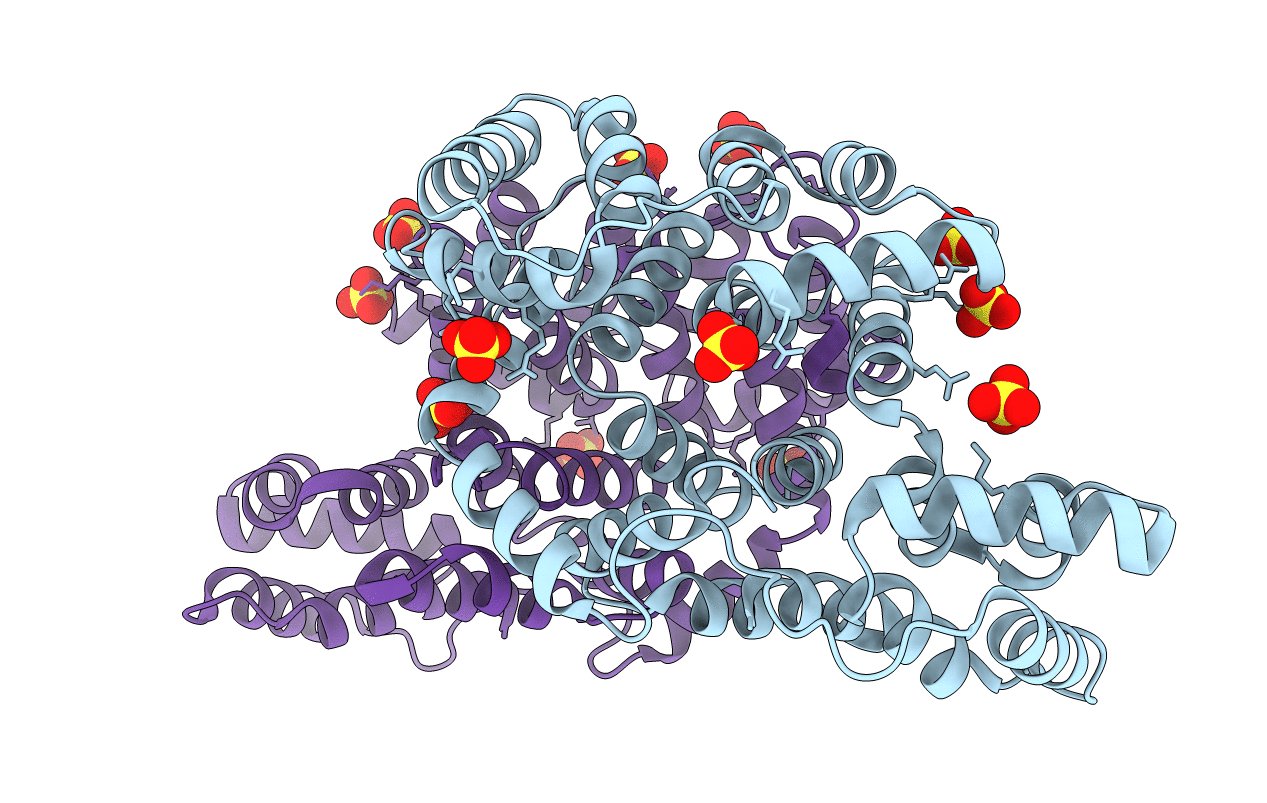
Deposition Date
2000-12-04
Release Date
2001-02-28
Last Version Date
2024-11-20
Method Details:
Experimental Method:
Resolution:
1.80 Å
R-Value Free:
0.25
R-Value Work:
0.22
Space Group:
P 21 21 21


